Padua is a small Italian town, a real treasury of architectural masterpieces, surrounded by magnificent nature. People have settled here since the 10th century BC. e. In the era of Ancient Rome, the area was inhabited by the Veneti tribes, from which the name of the whole region of Italy came from.
In Padua, enthusiastic lovers of Renaissance art will have something to do. The entire Scrovegni Chapel is frescoed by the brilliant and talented Giotto; the amazing architecture of the old buildings of the University of Padua is a classic example of early Renaissance style of construction.
Also in Padua it will be interesting for active tourists. Almost 70 km. cycling and hiking trails are located within the picturesque Euganean Hills Park.
What to see and where to go in Padua?
The most interesting and beautiful places for walking. Photos and a short description.
Palazzo della Ragione
The palace was built in the XII-XIII centuries. Ceiling frescoes for him were created by Giotto di Bonde. Unfortunately, these unique paintings were destroyed during the collapse of the roof in the 18th century. Some images remained on the walls. The facade of the palazzo is surrounded by long arched galleries, which today house restaurants and shops. Inside the palace is the Stone of Disgrace, on which debtors repented during the Middle Ages.
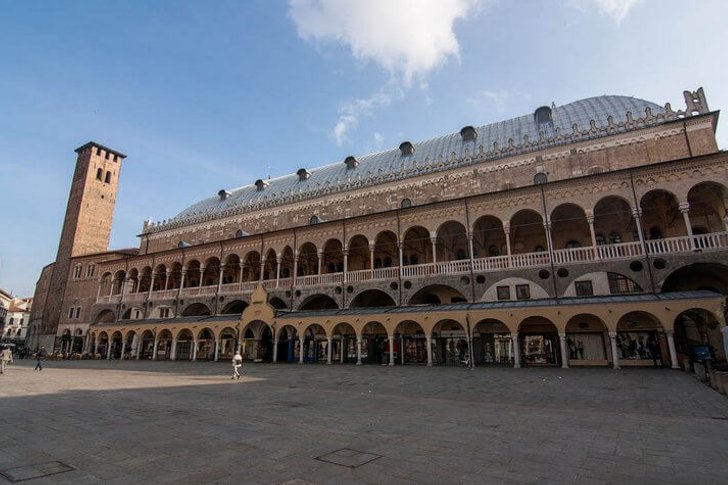
Prato della Valle
The area is considered the largest in Italy, it occupies a space of 90 thousand m². In 1636, a theater building was erected here for impromptu fights and races. At the end of the XVIII century, it was decided to transform this territory and turn it into a recreational area for the inhabitants of Padua. By that time, the city had already grown enough, around the future square there were palaces and city mansions.

Signoria Square
The Piazza is located in the historic center of Padua. Until the 14th century, there was a whole residential area in its place. In the Middle Ages, musical performances were often held here and theatrical performances were given for the entertainment of the townspeople. On the square there is a picturesque palace of the Captain with a high clock tower of the 16th century. An elegant astronomical dial shows the date and time. It is believed that the tower clock is one of the very first chronometers in Italy.

University of Padua
For the first time the educational institution is mentioned in the documents of the XIII century. Active development began in the 15th century, when several new buildings were built. With the advent of the Renaissance, the university became an important center of secular science. Astronomy, medicine and law were taught here. Galileo himself lectured within the walls of the university. In 1556, a new building was built for the educational institution - Palazzo del Bo, which became a classic architectural monument of the Renaissance.
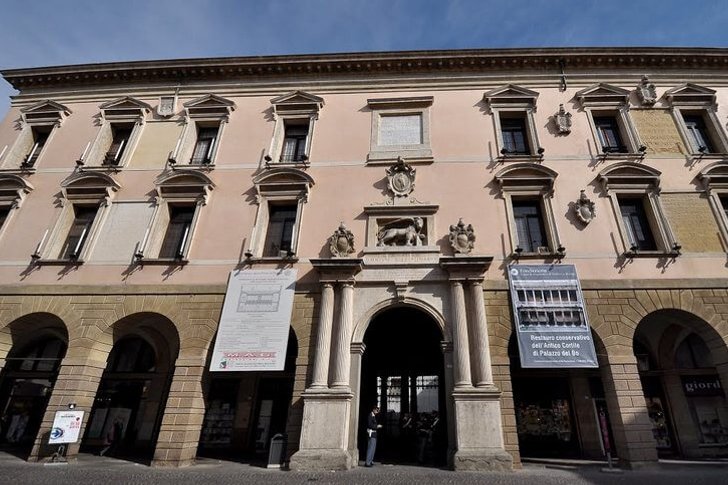
Zuckermann Palace
The Zuckermann Palace houses the City Museum of Applied Arts. Here you can get acquainted with collections of ancient jewelry, weapons, stone and metal products, 18th century furniture, ceramics and medieval clothing. The exposition does not tell about any specific historical epoch, you can even notice that the objects are arranged somewhat chaotically. The building itself is a small three-story mansion.
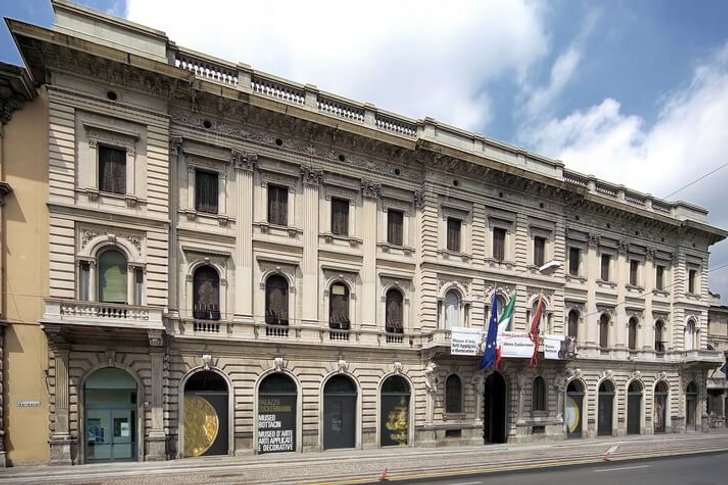
Basilica of Santa Giustina
The basilica was erected on the burial site of the Christian martyr Justina of Padua. A church has stood on this site since the 6th century. The modern temple appeared in the 16th century. The building is built in the form of a cross 122 meters long and 82 meters wide. Inside are the burial places of several Christian saints, the grave of Justina is located above the main altar, which was painted by the master P. Veronese. Also on the territory of the basilica are the relics of St. Luke.

Basilica of Saint Anthony
One of the largest churches in Padua, built in the 13th century. Construction began 19 years after the death of St. Anthony of Padua. Initially, a chapel of the dark Madonna was erected over the grave of the saint; after the construction of the basilica, it ended up inside the temple. On the square in front of the entrance there is a statue of Gattamelata (one of the rulers of Padua) by Giotto. Every year the church is visited by a large number of pilgrims.
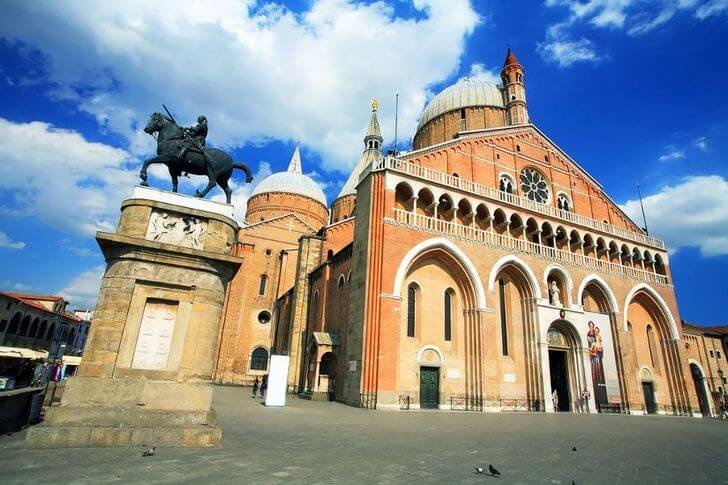
Cathedral of Padua
The Cathedral is the third church built in the center of Padua. The first church of the 6th century stood until 1117. The second building - until the first half of the XVI century. The construction of the third cathedral was carried out according to the plan of Michelangelo Buanarotti and lasted about 200 years. Next to the temple is a baptistery, richly painted with frescoes on the themes of the suffering of Christ and the Last Judgment, popular at that time.
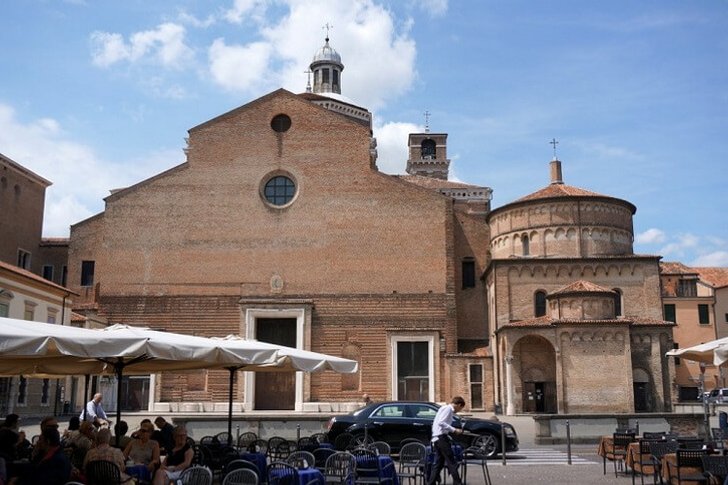
Scrovegni Chapel
A modest church, behind the facade of which hides the greatest cultural treasure of mankind - the original frescoes of the incomparable Giotto di Bonde of the early 14th century. They are considered one of the main works of art in Western Europe. Images of the fresco "Judgment Day" occupy the entire inner wall of the main facade. The rest of the walls are painted with scenes on the theme of the Nativity of Christ and the adoration of the Magi, the Nativity of the Virgin, Baptism, the Last Supper and other biblical scenes.
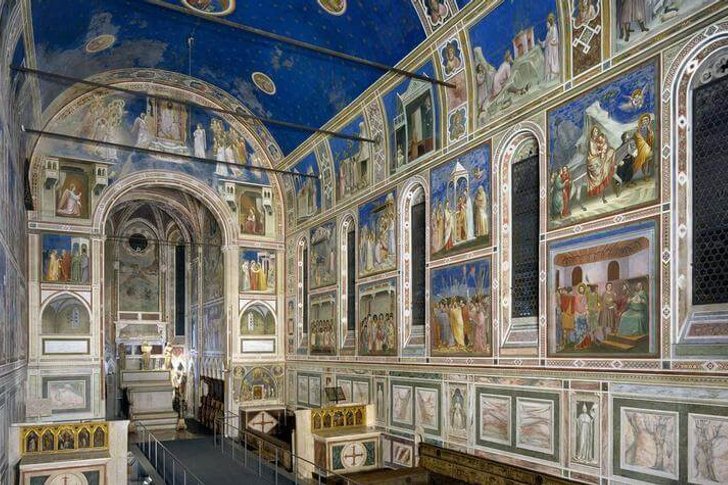
Eremitani Church
The church is located near the Scrovegni Chapel. The building was erected at the end of the 13th century. The masters A. da Forli, A. Mantegna and Guariento worked on the interior painting. The temple and monastery were built by Augustinian monks who preached a hermitic way of life. The monastery existed until the 19th century, until Napoleon Bonaparte set up his barracks here.
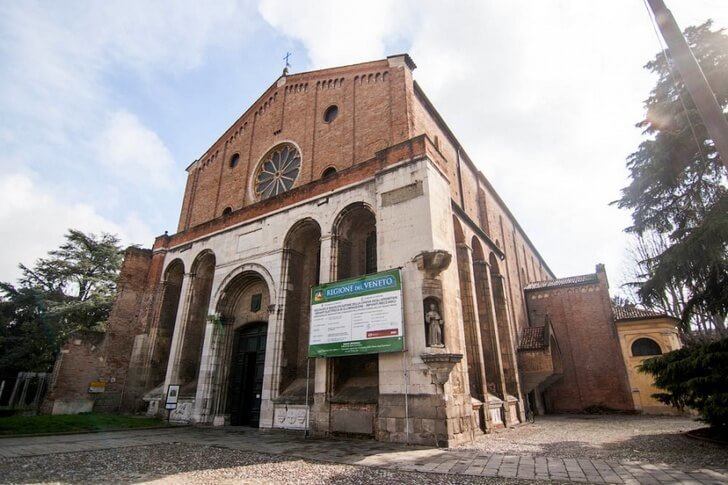
Eremitani City Museum
The museum complex, which includes the Pinakothek and the archaeological exposition. Sculptures, coin collections, dishes and other archaeological finds, as well as an impressive collection of paintings by famous painters are located here. In the Pinakothek you can admire the works of Tintoretto, Giotto, Titian, Tiepolo and Bellini. The archaeological department presents exhibits from various periods of the existence of Padua.
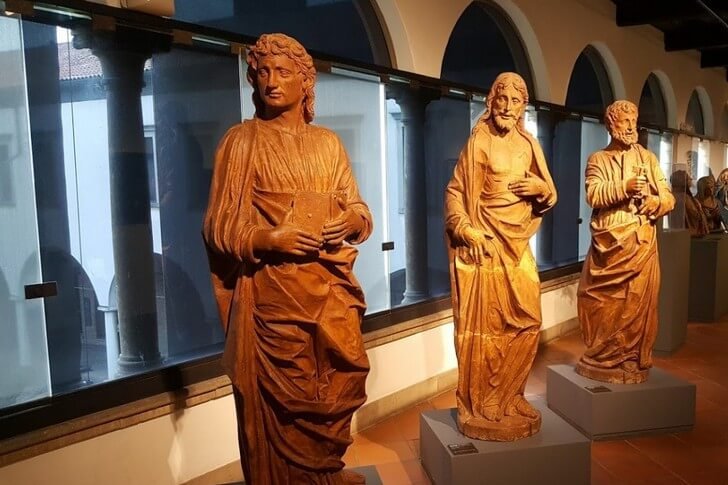
Cafe Pedrocchi
The historic cafe has been operating since 1831. Ever since its opening, its distinctive feature has been the absence of entrance doors and round-the-clock operation. Pedrocchi's very first coffee house opened in 1772. At the turn of the 19th century, the heir of Bergamo, Pedrocchi, began to develop a whole coffee business and began the construction of a new cafe building with his own bakery, which has survived to this day.

Villa Contarini
Country villa of the 16th century, built for the Contarini brothers - representatives of the Venetian aristocracy. Previously, this place was a hunting ground. The building is surrounded by a large park of 40 hectares, where there are stocked lakes and alleys for walking. The architectural ensemble of the villa was significantly expanded in the Baroque era. V. Scamozzi and B. Longhena worked on the decoration of the facade.

Botanical Garden of Padua
The botanical garden was created in the 16th century during the heyday of the Venetian Republic. It is considered the oldest in the world; original plantings are still preserved on its territory. The garden belongs to the University of Padua. At first, medicinal plants were grown in it, from which students made various drugs. But gradually the collection of the garden was replenished with plants brought by Venetian merchants from distant voyages. In 1997, the Botanical Garden of Padua was listed by UNESCO.
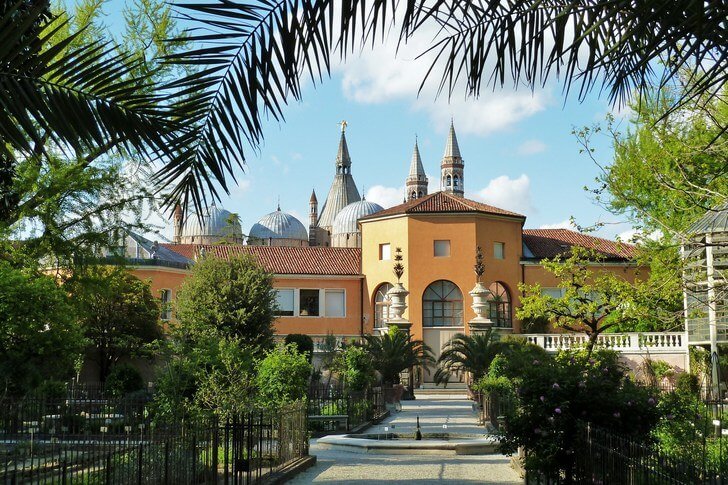
Euganean Hills Regional Park
Natural park, on the territory of which the resorts of Montegrotto Terme and Abano are located. Also within the park are the medieval estate of Arcua Petrarca, the town of Monselice and the monastery of Abbazia di Praglia. The area is distinguished by amazing beauty and tranquility of landscapes. Vineyards and orchards grow on the slopes of the hills. You can walk, bike or drive in the park.
